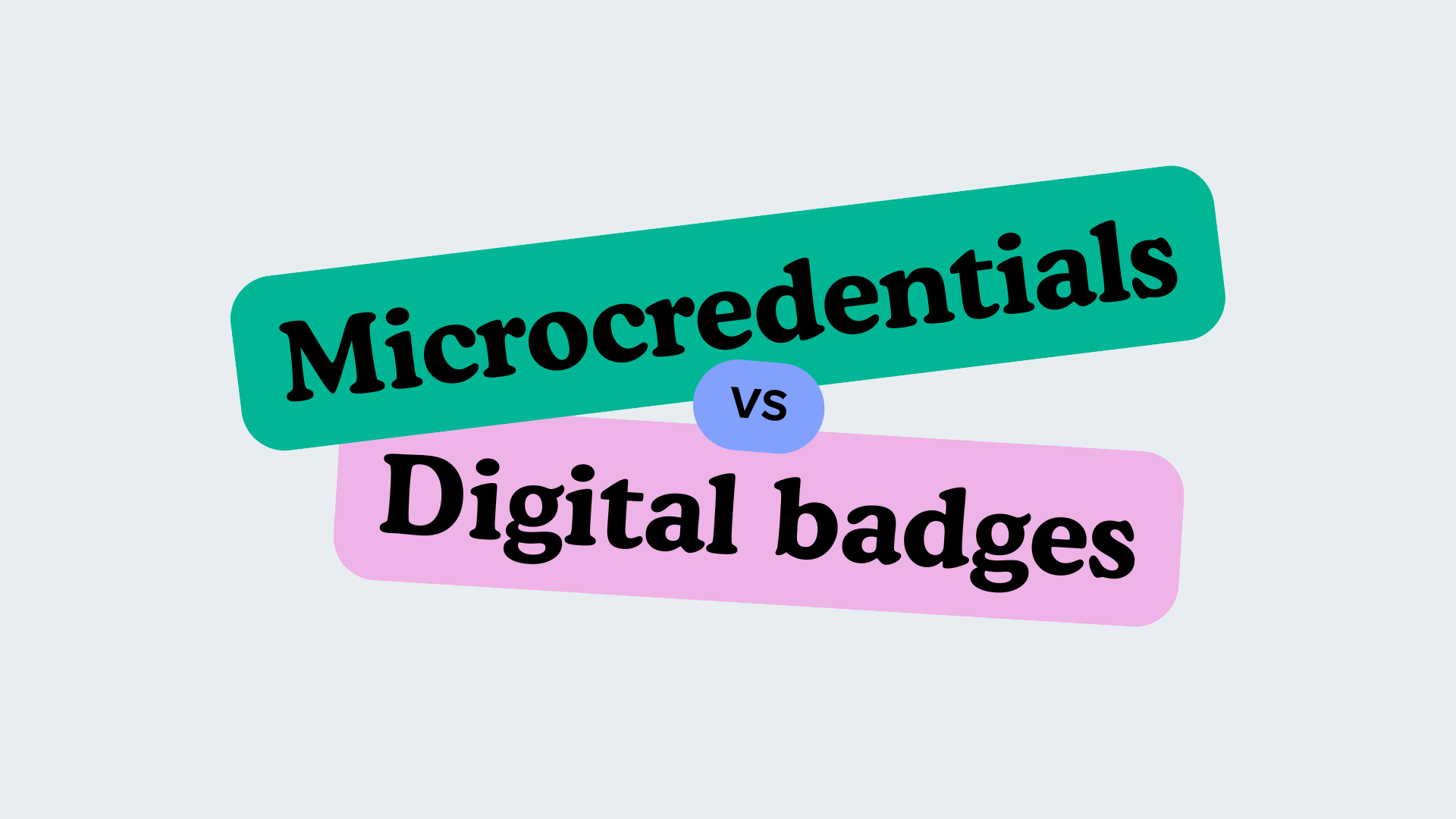In education and professional training, digital badges and micro-credentials are often mentioned. At first glance, they may look similar, but their purpose and recognition differ significantly.
🔹 Digital Badges
Digital badges are symbolic recognitions that show participation or completion of a learning activity. They are typically used to:
- motivate learners,
- gamify the learning process,
- highlight milestones or extra activities (e.g., workshops, webinars).
They are not always linked to a rigorous assessment process: their role is more about encouragement and engagement than about certifying real competencies.
🔹 Micro-Credentials
Micro-credentials, on the other hand, are formal certifications. They are issued by accredited institutions (universities, training bodies, professional associations) after a structured pathway and proper assessment.
They certify specific competencies that can be directly applied in the job market and are recognized in academic and professional contexts.
| Aspect | Digital Badge | Micro-Credential |
| Purpose | Motivation, gamification, progress markers | Certification of specific skills |
| Usage | Participation, milestone achievement | Completion of structured learning + assessment |
| Nature | Informal, symbolic | Formal, recognized |
| Assessment | Not always required or rigorous | Mandatory, based on evidence |
| Value | Limited, mostly internal recognition | High, recognized by employers and universities |
Both digital badges and micro-credentials play a key role in modern education and professional training. Badges encourage engagement, make learning more interactive, and reward progress along the way, while micro-credentials provide a concrete certification of skills, recognized by institutions and employers. Understanding the difference between these tools helps educators, learners, and professionals select the most suitable form of recognition and make the most of their learning journey.



